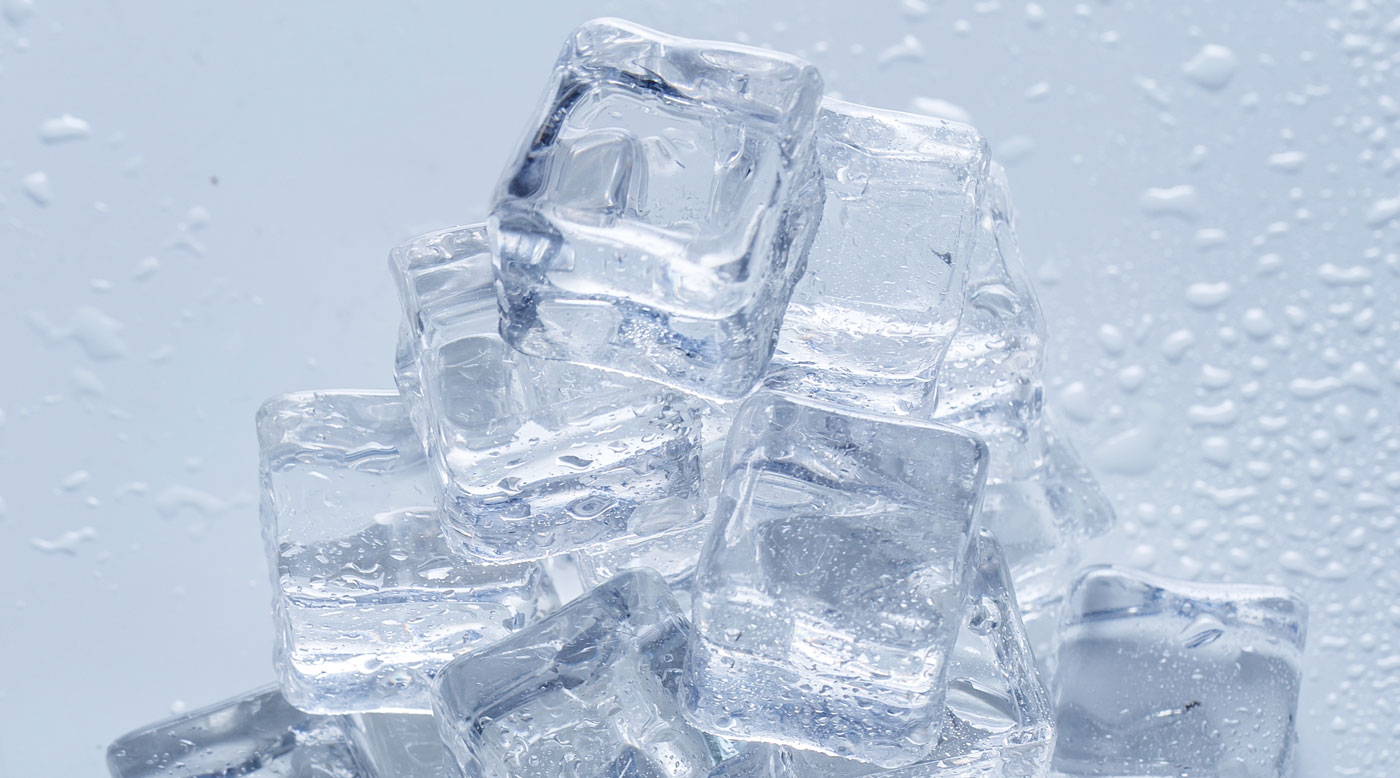By Ceres Chill

Understanding How Your Ceres Chill Chiller Works
As all Ceres Chill moms know, the Demigoddess Chiller provides 16 hours of safe storage, while the OG Chiller offers 20 hours of safe storage—all with just a handful of ice cubes and a splash of water.
If you’ve ever noticed your ice melting faster than expected, don’t panic! Your milk is likely at the perfect temperature, even if the cubes have melted. It’s all part of the Ceres Chill cooling process!
Why Is My Ice Melting Quickly?
There are a few reasons why your ice may be melting sooner than you expected:
-
Your ice is doing its job!
-
-
When you add 98-degree breastmilk, the ice transfers its cooling capacity (about 30 degrees) to bring your milk to a safe 40-50°F temperature. The high-quality copper lining and bismuth vacuum seal then maintain this temperature for 16-20 hours—even after the ice has melted.
-
-
You may be using too much water.
-
-
All you need is a tiny splash of water to help the ice settle. Too much water can speed up ice melting.
-
-
Your milk is still safe!
-
-
According to the Academy of Breastfeeding Medicine, breastmilk can be safely stored at up to 59°F for 24 hours.
-
Pro Tip: If you’re unsure, you can always add a few more ice cubes for extra peace of mind.
Maximizing the Chilling Power of Your Ceres Chill
-
Ensure ice touches the bottom of the inner chamber. The ice and water don’t need to surround the inner chamber—if the ice is touching the bottom, your Chiller is doing its job.
-
For extra-long shifts, try the 27-ounce method. If you have super-long travel days or extended work shifts, consider freezing the inner chamber (see below before trying this!) overnight for even longer chilling capacity.
Important Note About Freezing the Inner Chamber:
-
The inner chamber is ultra-lightweight for easy pumping and transport, so its stainless steel is thinner.
-
Freezing it may cause the bottom to bow out.
-
To minimize risk, fill with no more than 8 ounces of water, leave the cap off, and be aware that some freezers may still cause distortion.
If you’d rather not risk freezing, sticking with ice and a splash of water (and refreshing the ice as needed) is the best option.
Is Your Chiller’s Vacuum Seal Intact?
If your ice melts very quickly on a regular basis, check to make sure your vacuum insulation seal is intact:
-
Fill the outer chamber with ice and let it sit at room temperature for 20 minutes.
-
Check the outside of the Chiller.
-
-
If it feels very cold or develops condensation, the seal may be broken.
-
-
-
This can happen if the Chiller has been dropped or damaged.
-
Why This Matters: Unlike other coolers, Ceres Chill uses a non-toxic bismuth seal instead of lead. While this ensures safety for infant use, the seal can be broken under extreme conditions.
If you suspect your vacuum seal is damaged, reach out to us immediately!
Check out our Science page to learn more about the chilling capacity of our breast milk chiller — even when the ice is fully melted!
